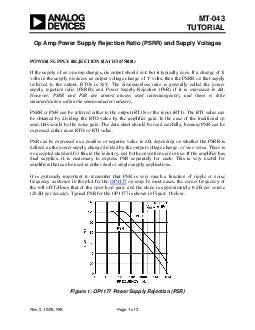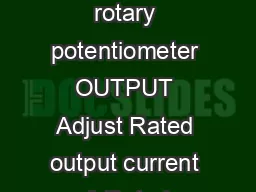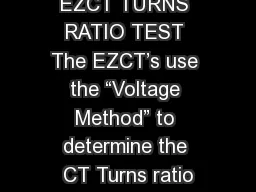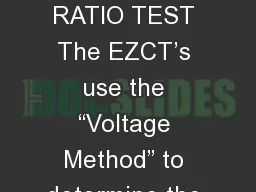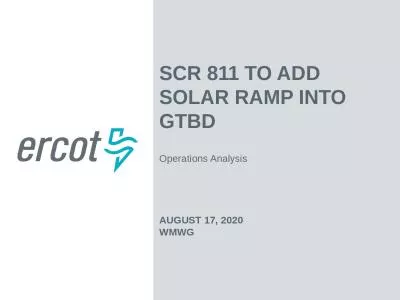PDF-MT TUTORIAL Op Amp Power Supply Rejection R atio PSRR and Supply Voltages POWER SUPPLY
Author : marina-yarberry | Published Date : 2014-12-19
If a change of X volts in the supply produces an output voltage ch ange of Y volts then the PSRR on that supply referred to the output RTO is XY The dime nsionless
Presentation Embed Code
Download Presentation
Download Presentation The PPT/PDF document "MT TUTORIAL Op Amp Power Supply Rejectio..." is the property of its rightful owner. Permission is granted to download and print the materials on this website for personal, non-commercial use only, and to display it on your personal computer provided you do not modify the materials and that you retain all copyright notices contained in the materials. By downloading content from our website, you accept the terms of this agreement.
MT TUTORIAL Op Amp Power Supply Rejection R atio PSRR and Supply Voltages POWER SUPPLY: Transcript
Download Rules Of Document
"MT TUTORIAL Op Amp Power Supply Rejection R atio PSRR and Supply Voltages POWER SUPPLY"The content belongs to its owner. You may download and print it for personal use, without modification, and keep all copyright notices. By downloading, you agree to these terms.
Related Documents

